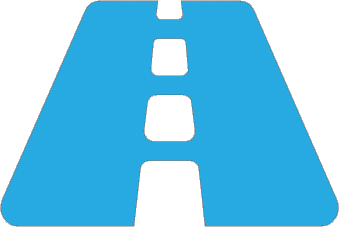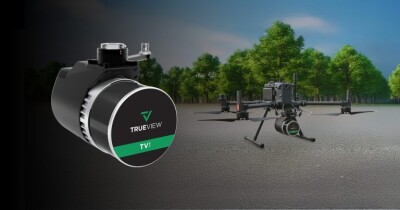Content sponsored by YellowScan
Full disclosure: YellowScan has paid for advance editorial consideration, but the company has not influenced the content of the article in any way. SPAR has retained full editorial control over the content of this article.
YellowScan was on hand at the International LiDAR Mapping Forum in Denver this year to preview the Surveyor, their new integrated LiDAR system for UAVs.
The system is a standalone unit for UAV-based LiDAR data capture, including a LiDAR sensor, GPS unit, IMU, on-board computer for continuous acquisition and processing, and its own battery all in one small enclosure. The system also comes with acquisition and data processing software, as well as worldwide technical support.
As Pierre d’Hauteville, director of sales and marketing at YellowScan, explained to SPAR, the Surveyor is designed to complement existing YellowScan products by adding a unit designed for customers in the mining and civil engineering industries—professionals who need extremely high accuracy LiDAR units for their applications.
To that end, the new system boasts an accuracy of 3 cm. For comparison, the Mapper (YellowScan’s other system, which is intended applications that don’t require ultra-high accuracy) measures at an accuracy of 15 cm. The Surveyor also provides much denser data, collecting 300,000 measurements per second where the Mapper collects 40,000.
The Surveyor improves on the Mapper in weight, coming in at only 1.5 kg with battery. It’s also smaller, measuring only 15 x 10 x 14 cm. They’ve even upgraded the GNSS and IMU to the Applanix APX15 system.
d’Hauteville was careful to emphasize that, though the Surveyor offers higher accuracy and density than the Mapper, each customer should decide what product is right for them based on his or her own particular use case. Lower-accuracy work like biomass calculation and forestry, for instance, present ideal applications for the Mapper.
Turnkey UAV Solutions
It may not seem this way initially, but the two products have quite a bit in common. “We have developed the Surveyor with the same philosophy,” d’Hauteville said, “which is to build something that can be used in the field easily by professionals.”
Both systems are built to be turnkey solutions. “It’s very easy to adapt to any drone, and very quick to do that,” d’Hauteville explained. “It’s also very easy to use. You don’t need to do any calibration, any set up, or anything like that. You just go into the field, you hook the Surveyor on to your drone, you fly, and then you get the data right after the acquisition.”
In other words, the Surveyor “offers the flexibility to collect some really high-accuracy data very easily. You just get your drone and your system in the back of your truck, you go in the field, and then you can work.”
Easy Integration
Perhaps most importantly, d’Hauteville says, the Mapper and the Surveyor are both designed to be very easy for customers to integrate into their end-to-end processes. “In talking to our customers, we learned they don’t just need to do the acquisition and get the data. They need to do this to perform maintenance for power lines, they need to do a survey for designing a new infrastructure.”
These operators already have processes, he said, and YellowScan’s products are only useful if they fit neatly into an existing workflow. “They already use airborne LiDAR, or they use mobile or terrestrial LiDAR, or even photogrammetry. Our products integrate very easily into our customers’ applications and business processes.”
YellowScan continues to develop the Mapper, and a second version is expected by the end of 2016.







